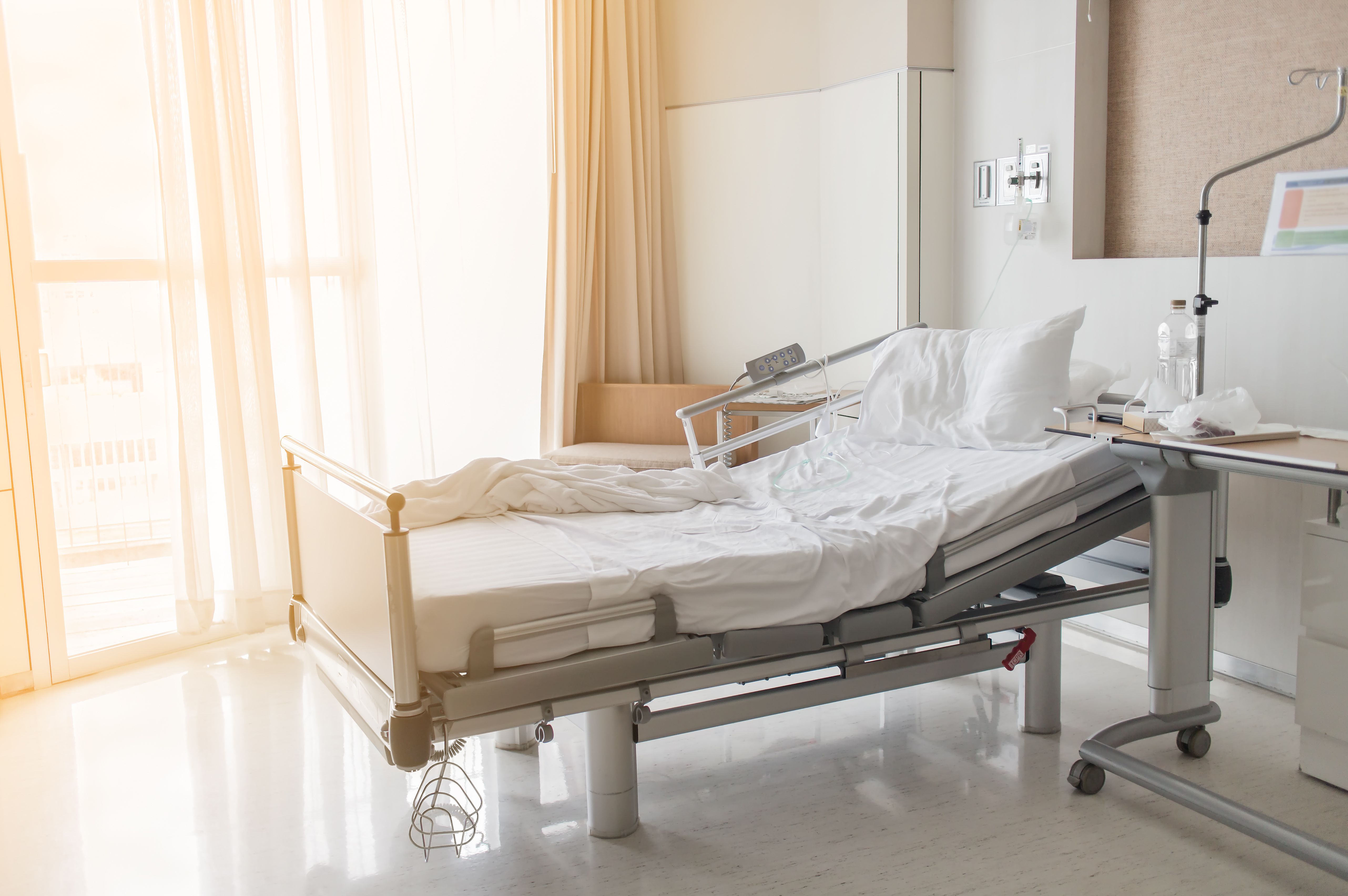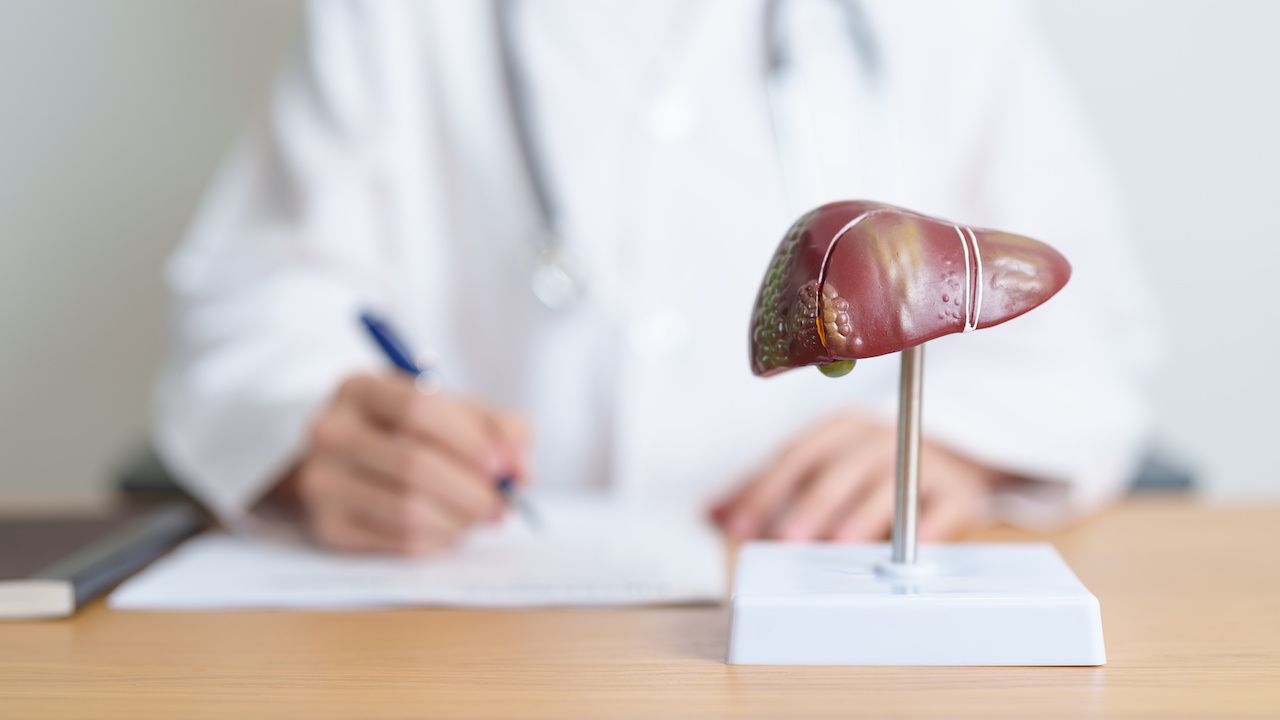Commentary
Article
Hidradenitis Suppurativa Onset and Treatment: Challenges and Hope for Patients
Author(s):
Christopher Sayed, MD, discusses how hidradenitis suppurativa typically presents and looks forward, following the November approval of bimekizumab.
Bringing our discussion with Christopher Sayed, MD, dermatologist and professor at the University of North Carolina at Chapel Hill Department of Dermatology, to a close, he discusses the initial appearance of hidradenitis suppurativa (HS), explaining the ages at which the chronic, painful skin disease typically manifests. He also looks to the future of patient treatment, following the November 2024 approval of bimekizumab (Bimzelx; UCB Pharma) in patients who have moderate to severe HS.
For previous segments from this interview please click on the links below:
- BE HEARD Trials Highlight Efficacy of Bimekizumab in Hidradenitis Suppurativa
- Subcutaneous HS Therapy: Efficacy and Safety Insights
- HS Treatment Goals: Better Quality of Life, Not Just Control
This transcript has been lightly edited for clarity; captioning was auto generated.
Transcript
At what ages does HS typically appear, and how do symptoms present?
HS tends to present most commonly in adolescence, so that's going to be starting around the teen years and the early 20s. But there's probably a second peak that occurs actually, where it can sometimes become more active around age 40 or so.And that actually pretty closely mimics things like psoriasis and Crohn's disease, where something about how the immune system shifts around those times.
For HS, in particular, there's probably some hormonal contribution around the beginning of puberty and hair follicles becoming sensitive to hormones in places like underarms and the groin where HS tends to be most prominent. But I think it's a misconception that somebody can't develop HS later in life sometimes.And sometimes those patients may even have more aggressive and longer-lasting disease, into later adulthood, as opposed to those patients who develop in their teens that maybe will phase out more likely in their 30s and 40s actually.
So there's some variation there. But by far the most common timeframe is going to be, you know, starting around age 12 to 14, up through age 22 or so.
To be an adolescent that is trying to deal with school and social life and thinking about romantic relationships in the years kind of following, it is a huge burden. The idea that being successful, going off to college and dealing with a chronic inflammatory disease like this, it's a tough thing to deal with on top of how hard life can already be at that time.
It is an exciting time right now for HS. To have a new drug on the market that seems like it raises the bar, I think is going to be a huge shift where hopefully patients who maybe felt like they didn't get the help they needed before will have a new option and come back and seek care again and sort of look for a new option that will hopefully be more effective for them.
In my practice, bimekizumab as a new drug will certainly be used plenty because I've got lots of patients that have failed other options and really compared to other treatments, I think it potentially works better. And so I think for a lot of patients, it'll be the first thing I try.So I'm excited to have access, and I'm hoping that things like insurance companies cooperate with making sure we can get it to the patients that actually need it.
There will still be a role for other things, like surgery for some patients that have more advanced disease. I think the more we identify early and treat early, the more success we'll have in helping patients get through the barriers that come with having later-stage disease once all the scarring and tunneling is developed. So I'm hopeful that things like surgery will become less necessary over time, and I think being more engaged, getting in and treating patients early, will hopefully help us achieve that.




